
The National Rotor Testbed is an open platform for testing new wind turbine technologies and collaborating among national laboratories to validate advanced computational models for wind turbines. The platform now includes wake control research.

Weather models have difficulty forecasting the cold, near-ground temperatures in cold pools, resulting in subtle errors that have a big impact on the magnitude and timing of wind power predictions. A new method can cut wind speed errors by as much as 20%.

As part of DOE’s A2e initiative, wind energy scientists share data and provide information to wind power plant owners and consultants who need to make informed decisions on types of technologies to be deployed and where to locate wind turbines.
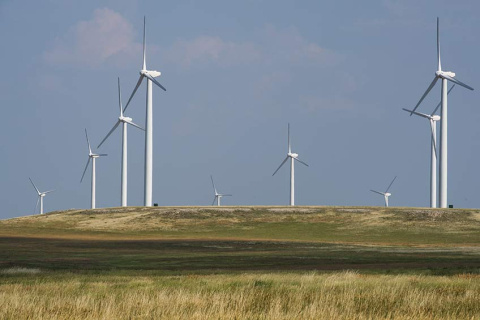
FAST.Farm, a new modeling tool from NREL, will help users predict the power performance and structural loads of wind turbines within a wind farm, enabling them to maximize the farm’s power production and reliability.
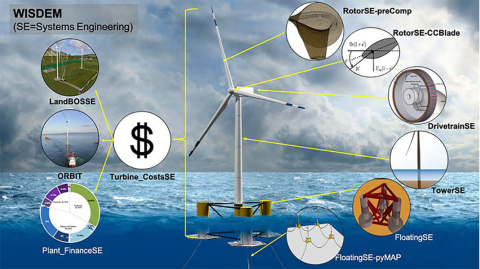
WISDEM software creates a virtual, vertically integrated wind plant from components to operations.
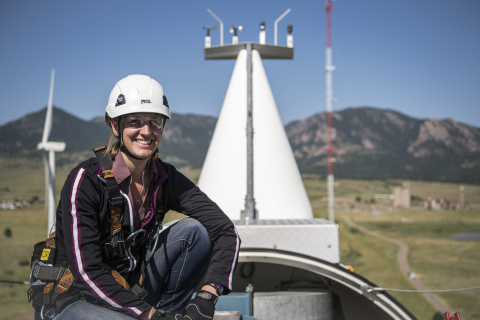
NREL has released a new version of its FLOw Redirection and Induction in Steady State (FLORIS) model for wind plant performance optimization.
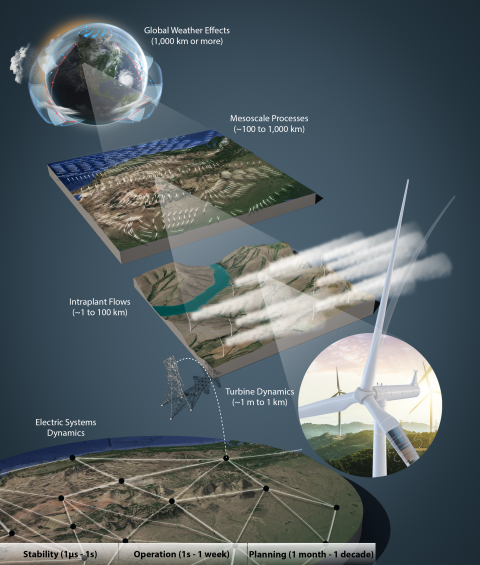
Addressing Wind Energy Innovation Challenges
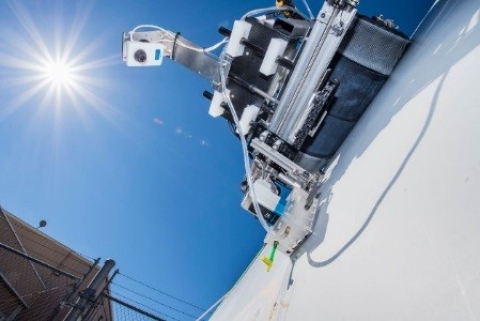
As we embark on a new fiscal year, we’d like to share some of our key accomplishments from Fiscal Year 2019.
Wake steering field trials reveal potential for wind-plant-level control to increase annual energy production 1%–2% and profits by $1 million.
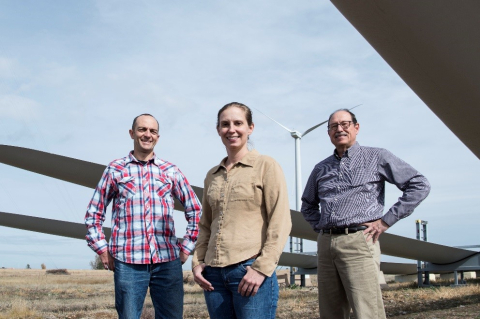
This small-scale field research project paves the way for a more comprehensive wind plant field validation effort.

